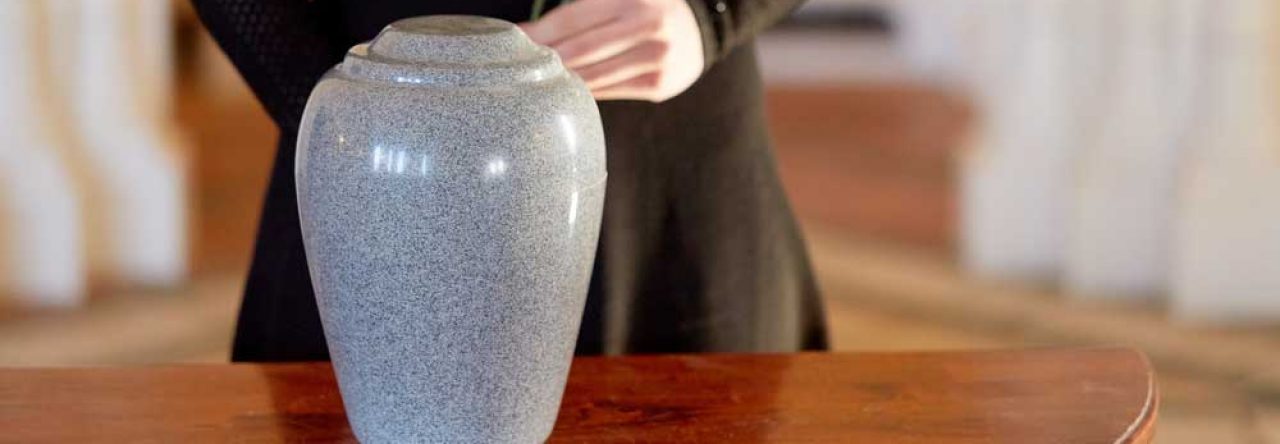Himalayan pink salt comes from the Himalayan Mountains, which is situated in northern India. The main salt deposits have been depleted, which has forced manufacturers to look for alternative ways to make salt. One such alternative is Himalayan crystal salt. This salt is used to make salt lamps and decorative items. Crystals salt comes in many forms such as salt flakes, crystal salt beads and crystal salt morsels.
Pink Himalayan salt, also known as Himalayan pink salt, is a sub-product of mining in the foothills of the Himalayan mountains. It is harvested from waters around the mountains where the water content is very high, so its concentration is higher than that of regular salt. Many believe that it is loaded with trace minerals and gives amazing health benefits.
Because Himalayan crystal salt contains minerals that are more concentrated than that of regular salt, it is beneficial in several ways. Since it is a natural remedy, it is a much gentler seasoning for foods, particularly cooking ingredients and dairy products. It doesn't react with most foods and can easily dissolve in fat or water when used sparingly in dishes. Moreover, it maintains or enhances the taste of food, unlike other artificial salts that have very unpleasant flavours. For this reason, Himalayan salt has been used for thousands of years to season many dishes including sweets and breads.
Himalayan crystal salt is made by mixing sulphur, potassium bicarbonate, calcium, magnesium, zinc, iron, manganese, and sodium. Afterward, it is subjected to high temperatures in order to reduce mineral ions in the crystals. Then, it is passed through various filtration processes, whereby the fine particles are separated from the bulk. In the process of filtration, some additives such as potassium and sodium bicarbonate are added so that the fluid balance can be restored. Pink salt, formed from the fine particles left behind by filtration, is the best known example of such additives.
As it has long been known that sodium chloride has numerous health benefits, including the treatment of diarrhea and certain stomach conditions, it is not surprising that Himalayan salt and khewra salt also have the ability to treat various medical conditions. Haemorrhoids, bronchitis, and even diabetes can be treated successfully with therapeutic doses of sodium chloride. It is therefore no surprise that Himalayan and khewra salt are now extensively used by patients suffering from different diseases and are considered to be an effective alternative to modern medication.
Although Himalayan and khewra salt has become popular all over the world, it is actually native to the North East Indian state of Punjab. Although it has not gained much popularity outside the eastern parts of India, Punjabi's have become quite accustomed to its use. These people are known to be quite adventurous and outdoor-loving, especially during summers. Consequently, they often enjoy camping in the open spaces around their homes, which can easily lead to spillovers of (salt water) from rocks in the nearby streams. The salt in these waters helps them keep away the thirst and hunger for food that are often caused by such outdoor activities. It has also proven to have beneficial effects on the skin, as it has been found to be an effective treatment against bacterial infections.
However, while Himalayan and sea salt makes for great outdoor sports, it is important to understand that they do not possess all the positive effects on health that other forms of salt might offer. For example, while they are known to be excellent for treating dehydration and improving digestion, there have been no clinical studies that prove that they have any effect whatsoever on blood pressure and heart rate. Similarly, salt's claims of lowering cholesterol seem to be exaggerated, as it has no effect whatsoever on this vital body commodity. Moreover, it has been found that salt intake does not result in weight loss in overweight people.
Despite this, many consumers in the western part of the globe have turned to Himalayan salt for its health benefits in place of table salt, which has been widely identified as one of the main causes of rising hypertension throughout the world. Some of the largest importers of this type of fine salt are Netherlands, New Zealand, China, Norway, Sweden and Finland. Although the use of Himalayan salt can be traced back to centuries ago in India, Pakistan and Tibet, its steady rise in popularity over the last decade has seen it being used not only in the west but also in the east. In fact, many Pakistani and Chinese households have begun purchasing this salty form of product, which is now easily available at online retailers in the UK. This has resulted in a booming industry that is proving to the world that there is no shortage of taste when it comes to khewra chaw.
